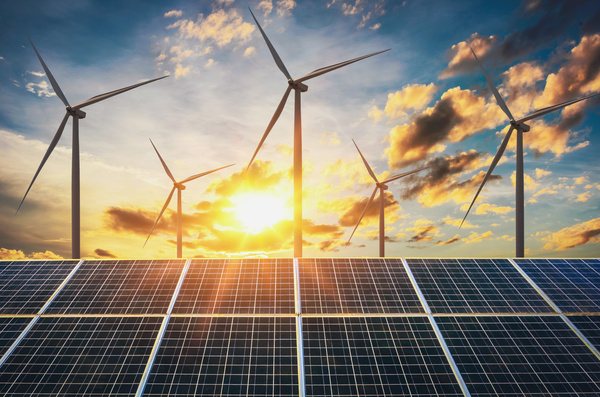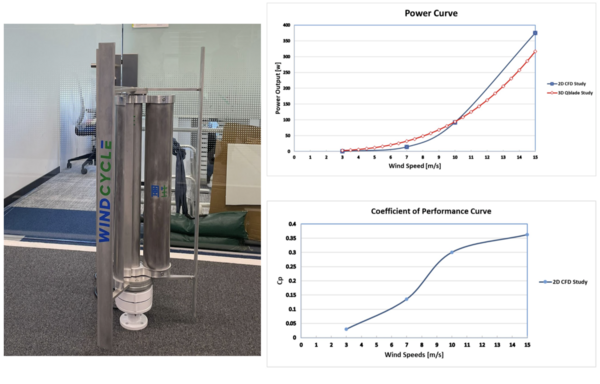Here is a simple comparison to get you started…
Small Vertical Axis Wind Turbine (VAWT) versus Solar Panels
Wind and solar energy are two of the most important renewable energy sources currently available worldwide.
But the question remains: which one should you use to supply your energy? It depends.
Solar Photovoltaic Panels
Solar energy takes advantage of the sun´s radiation reaching the Earth’s surface. Photovoltaic panels are devices that collect solar radiation and convert it into electrical energy.
Solar farms have very flexible outputs and installation considerations. They can generate electricity on both large and small scale with very predictable outputs, and they can be installed in both open fields and most buildings. For example, while domestic panels usually have a capacity between 1 kW and 4 kW, larger installations, such as the Bhadia Solar Park located in India, has a total capacity of 2245 MW.
Besides, they also require very little maintenance, which usually entails cleaning the solar panels.
Nevertheless, solar panels can´t produce energy at night and their performance decreases on cloudy regions. They are the most efficient in areas with high sunlight across the day and they also rely on the position and angle the solar panel is placed in.
In order to maximize the energy yield, it is necessary that the location is evaluated to determine the best direction and angle to install a solar panel. This can limit its uses to specific locations and buildings.

Small Vertical Axis Wind Turbine
Wind energy technology uses wind propelled blades moving a turbine to generate electricity.
Particularly, Small Vertical Axis Wind Turbine (VAWT) is an alternative to the most used Horizontal Axis Wind Turbine (HAWT). While VAWT technology is not a new concept, it has not experienced much commercial use until they emerged out of research in the 1990s.
VAWTs are wind turbines that rotate around a vertically oriented axis, which is perpendicular to the wind flow. They operate with low altitude winds and compared to HAWT technology, VAWT systems are much smaller relatively simple to implement in urban areas on ground and building roofs.
They are also cheaper, as well as easier to maintain and manufacture. The generator and the gearbox are located near the ground, allowing for easier access, and reducing the raw materials necessary for their construction.
Still, their efficiency is usually unsatisfactory due to the low wind speed conditions and limited tip speed ratio they experience, which means that they extract less energy than other systems.
Regardless, VAWT farms require significantly less land resources because they can be packed much closer together. Even if they are less efficient, the fact that they can be placed tightly allows for VAWT farms to yield higher energy densities. According to a study done by the Journal of Renewable and Sustainable Energy,

Conclusions
Both solar and wind energy are viable alternatives to supply renewable energy. Still, both technologies can be inconsistent energy providers, particularly due to the intermittence present in the supply of both systems. This makes it necessary for incorporating storage units that can provide backup power in case of an emergency, or when energy consumption exceeds generation.
By themselves, solar and wind energy cannot supply all the demand. Diversification is and will be necessary for expanding world wide’s renewable energy consumption.
Contact info:
email: info@o-brien.tech
Phone: +852 9846 0670
www.o-brien.tech | www.windcycle.energy
